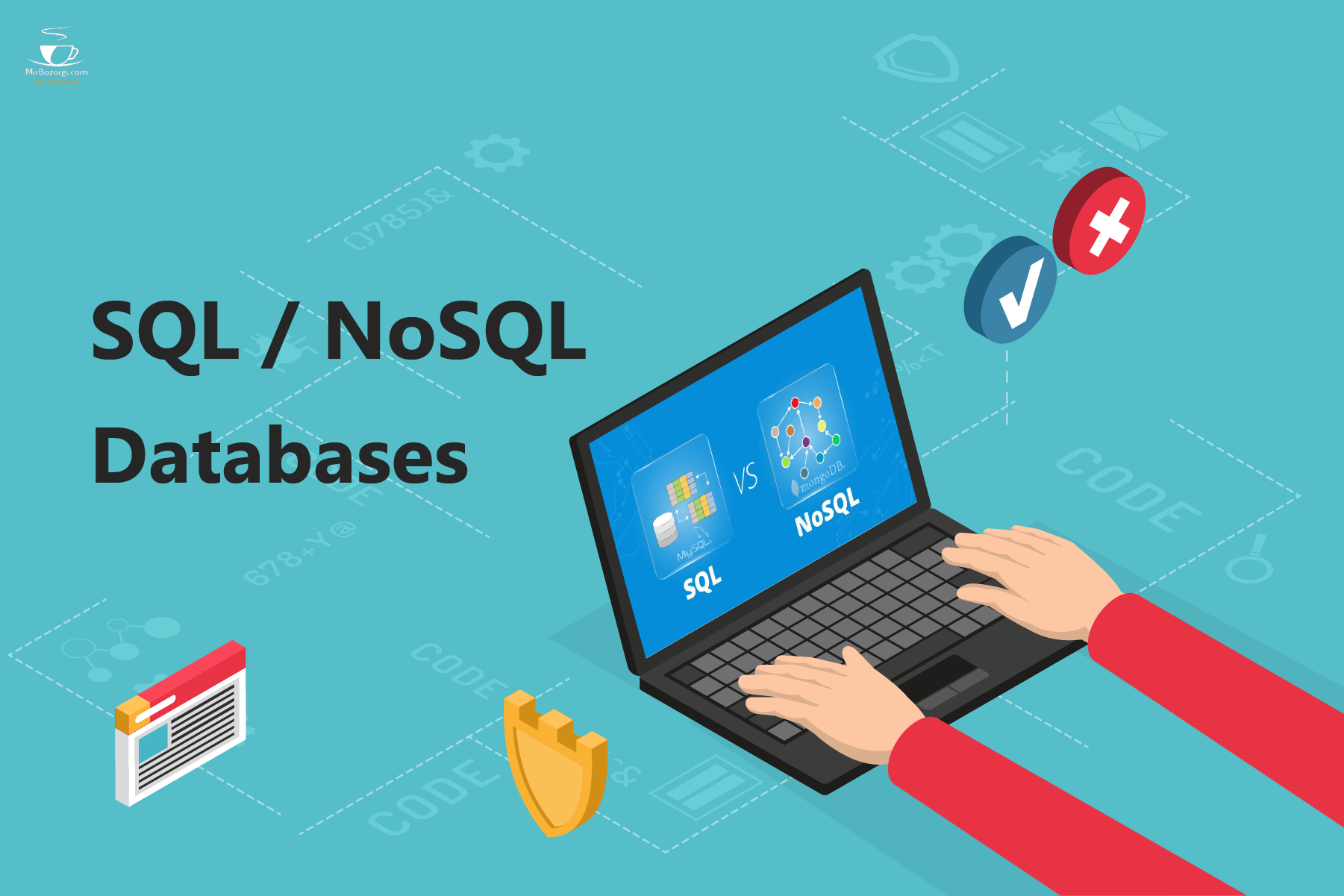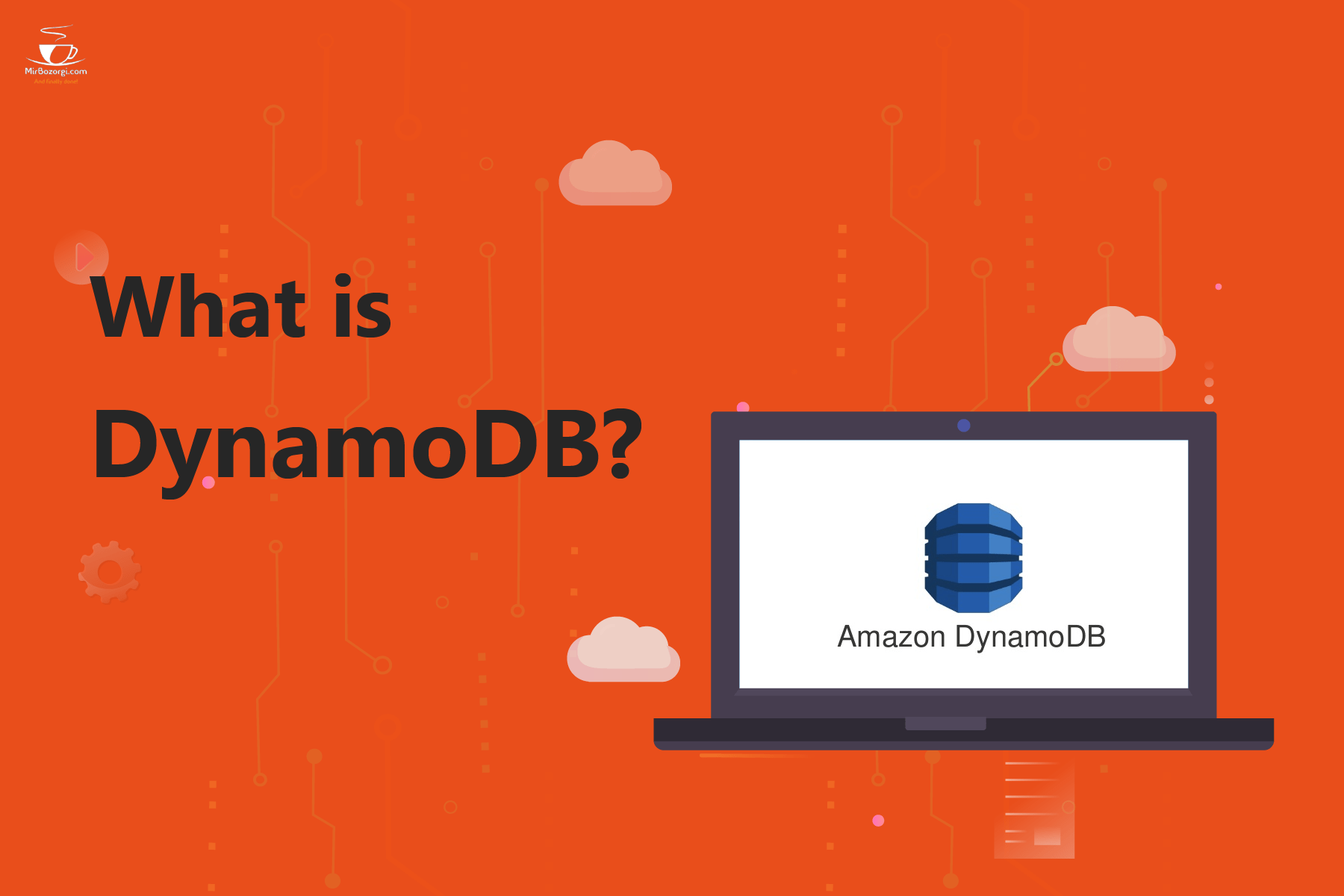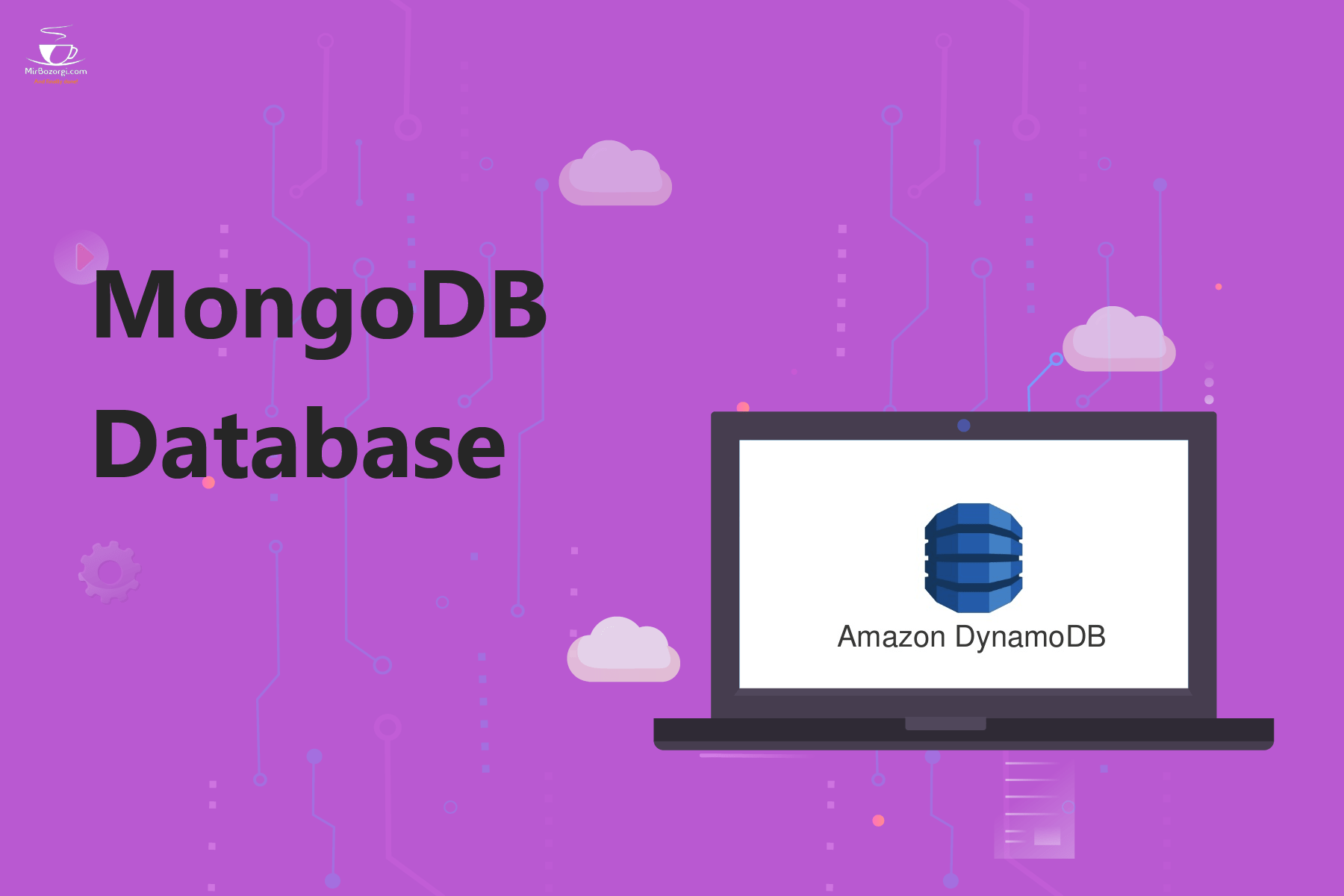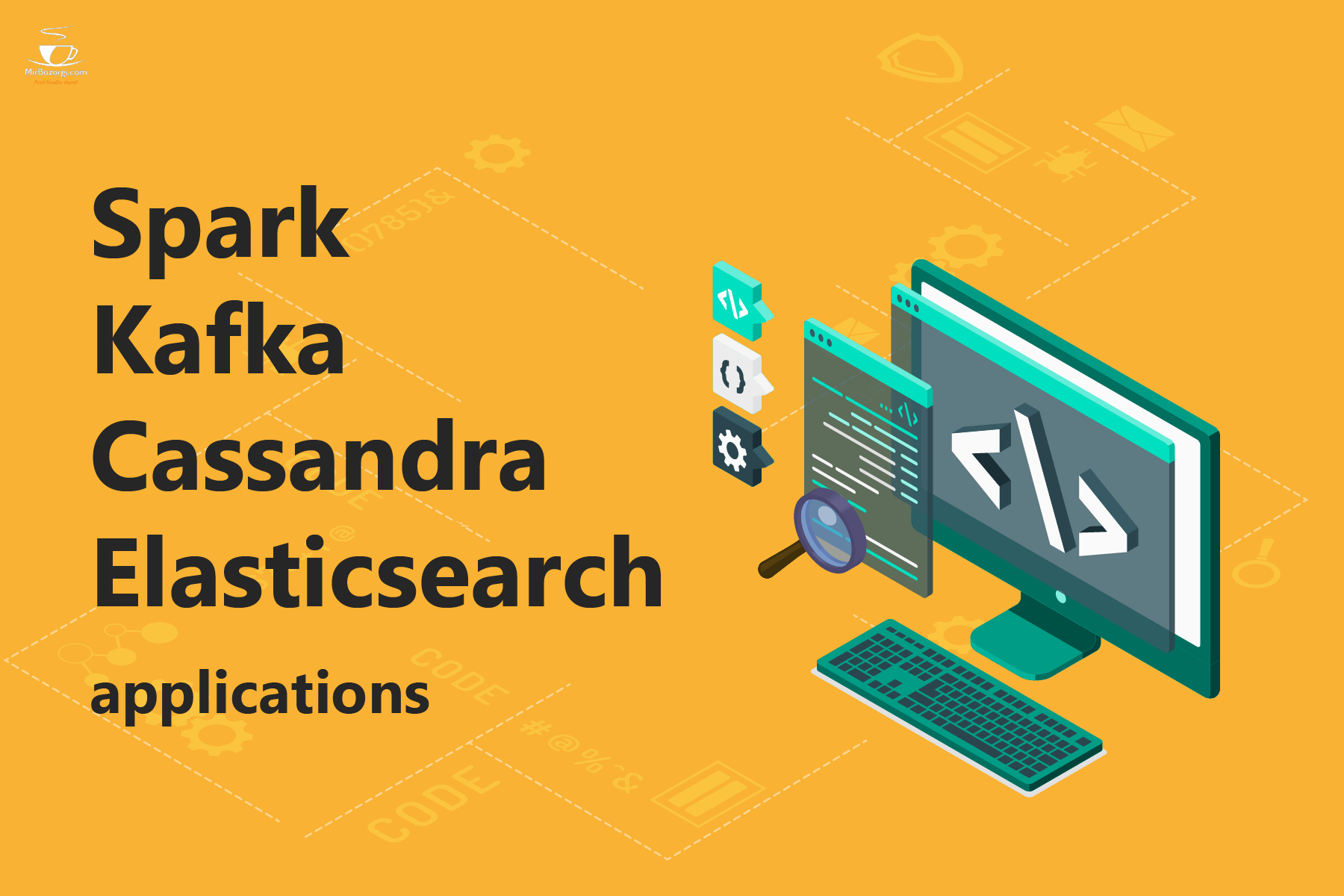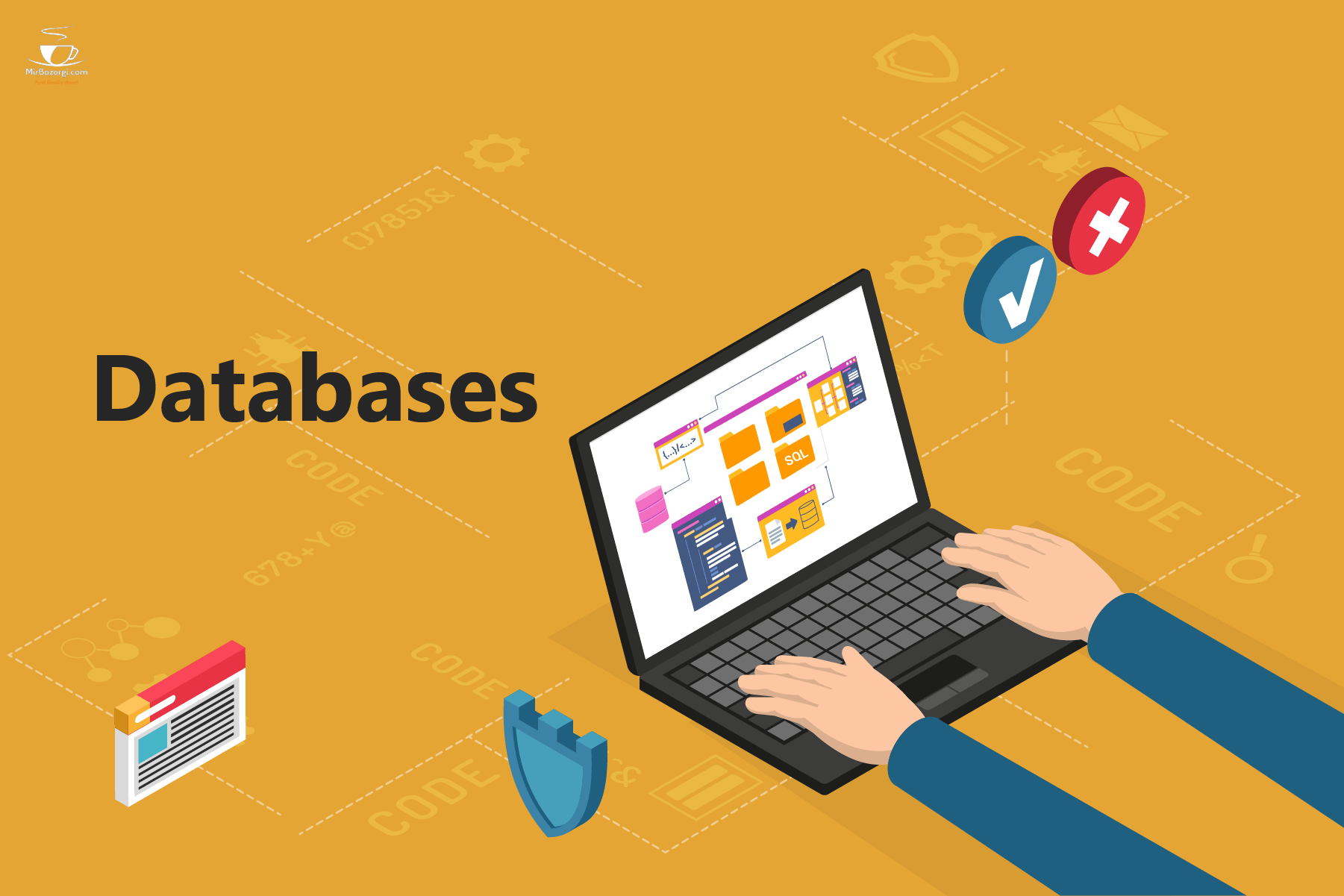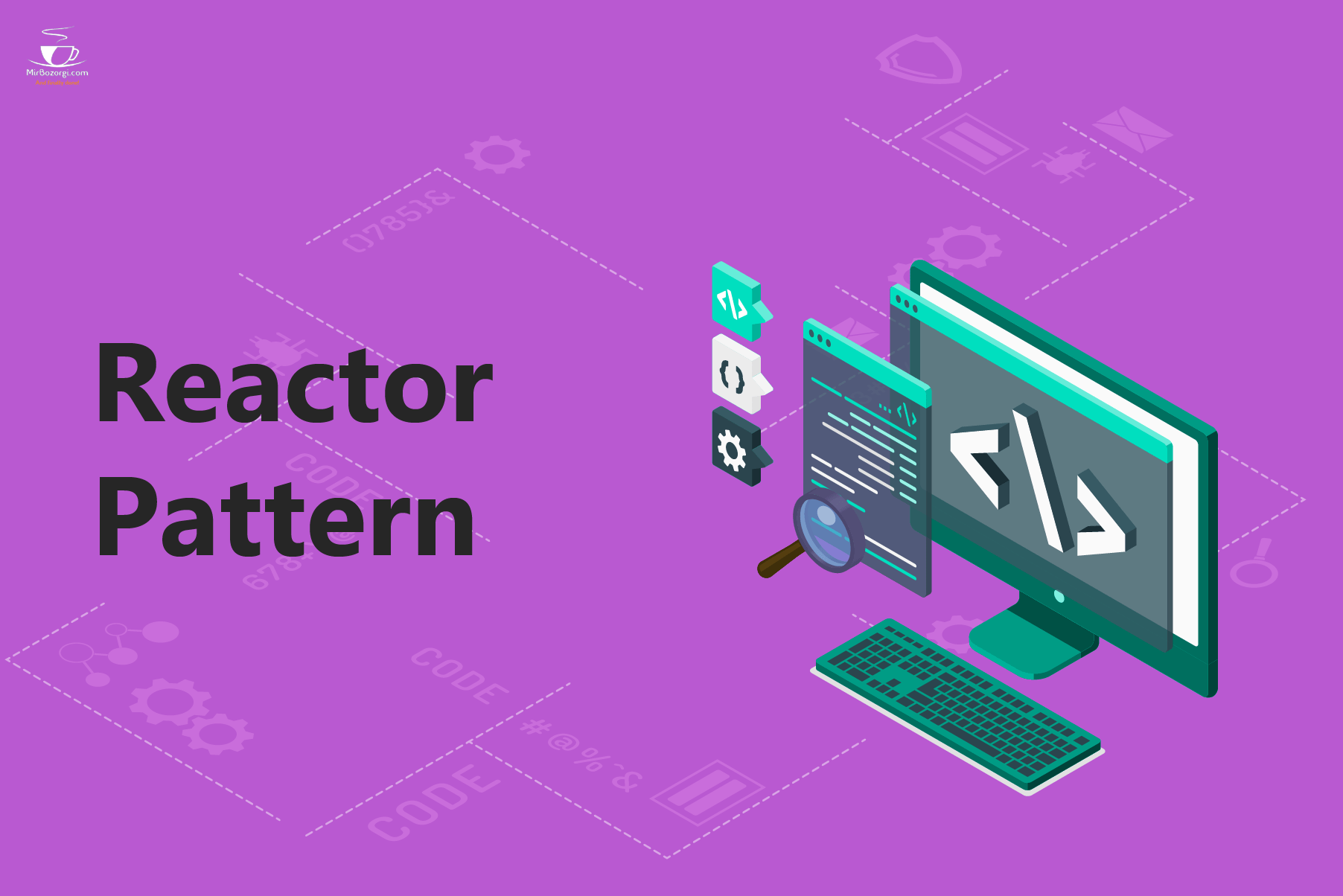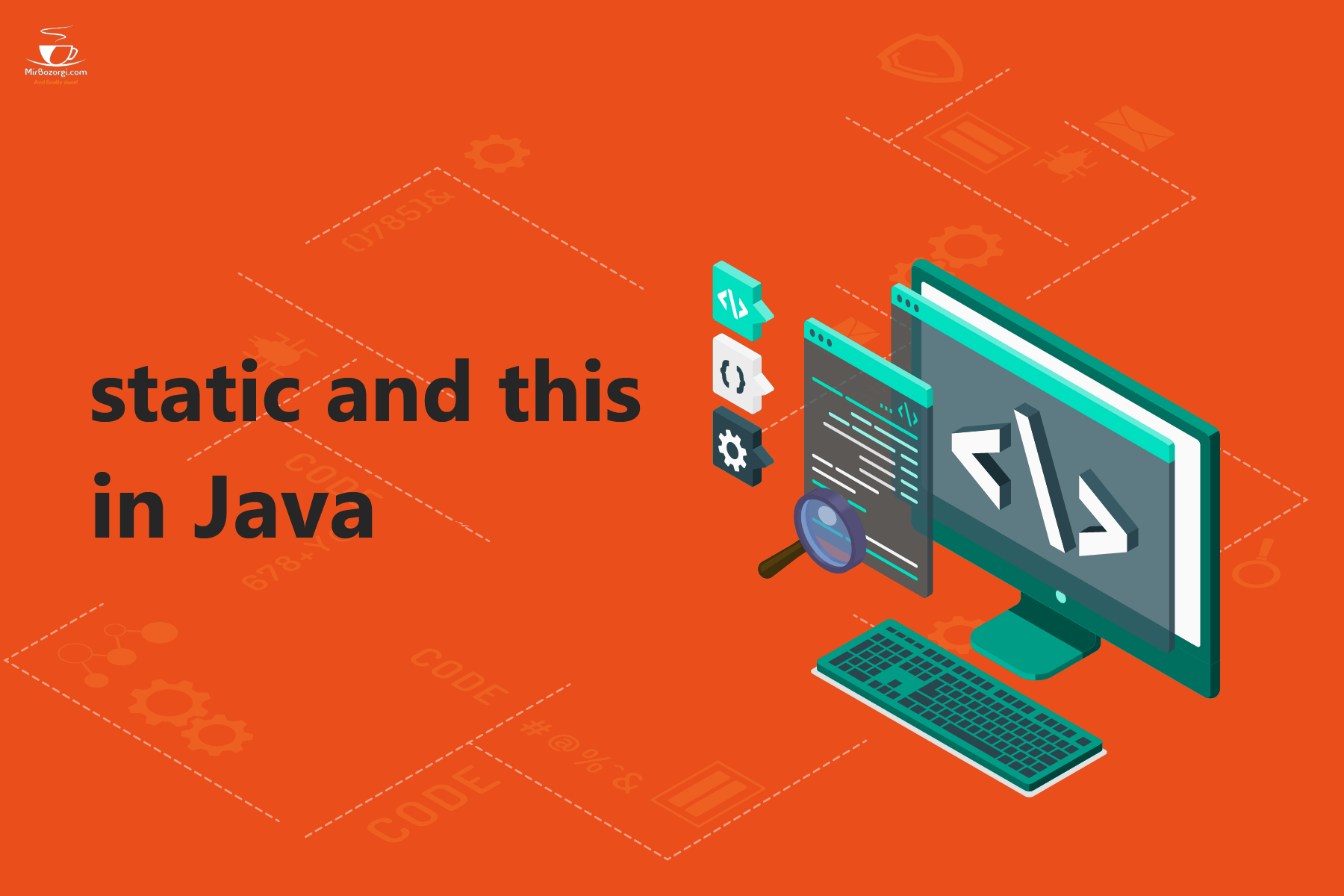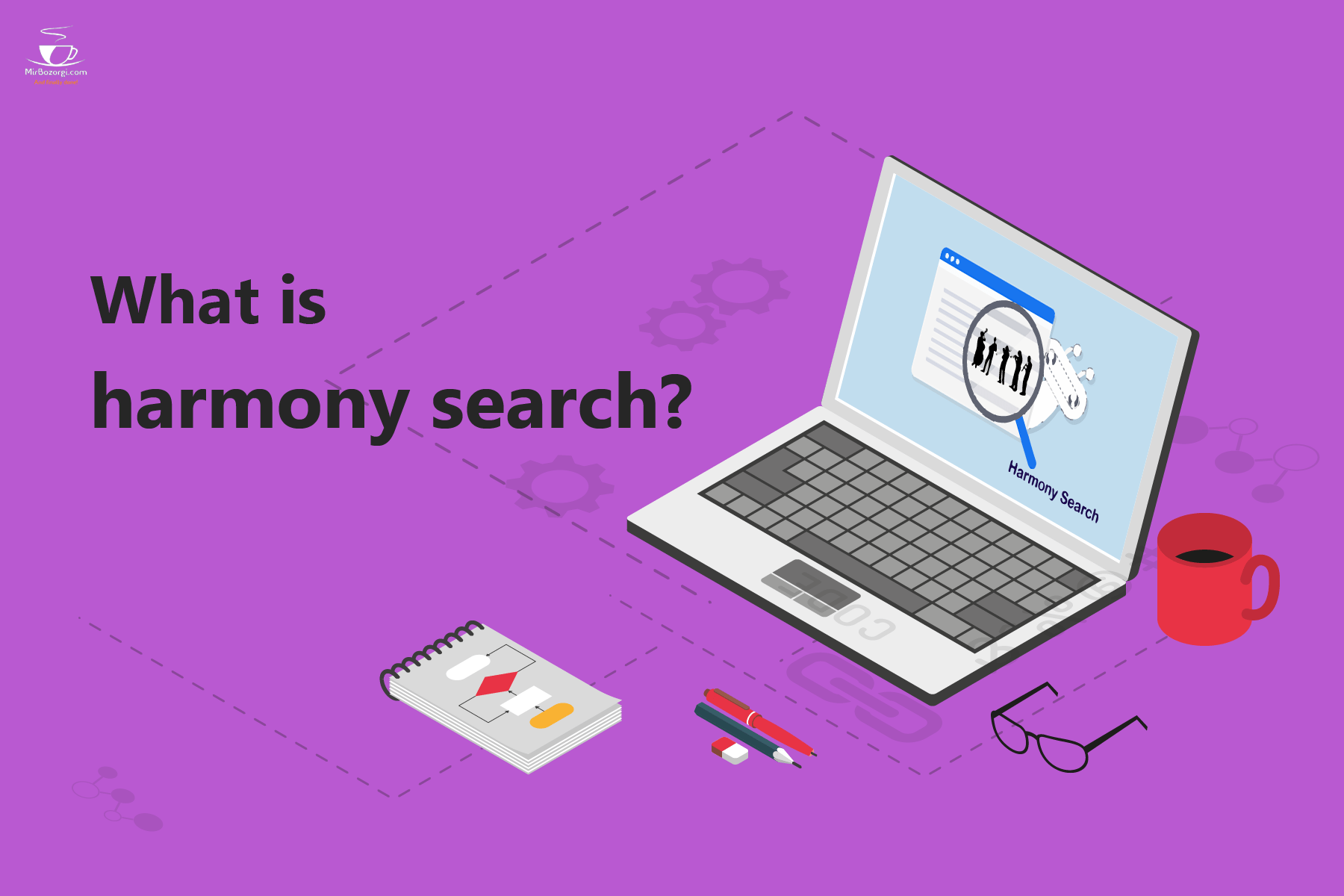I’m Arsalan Mirbozorgi;
Because there are so many databases to pick from, making a decision can be difficult. To narrow down your choices, it is a good idea to familiarize yourself with the key distinctions between SQL and NoSQL databases.
This article compares the structure, schema, scalability, queries, and transactions of these two types of databases in great detail.
For individuals interested in the history of the SQL vs. NoSQL database debate, we go over when each should be used.
What you read in this article:
What is SQL?
SQL is a programming language, but it is not a general-purpose one like Java, Javascript, or Python. As an alternative, SQL has a clear goal: to access and modify data.
Structured Query Language (SQL) is its full name. An essential aspect of its architecture is accessing, storing, and altering information in relational databases as a query language.
What is a relational database?
In a relational database, data can be recognized and accessed in connection to another piece of data inside the same database (often structured into tables). As a result, data from several tables can be queried simultaneously because it is stored in many tables with columns and rows.
The relational model of data is used in relational databases. A Relational Database Management System (RDBMS) is used to manage a relational database. As a result, many databases use SQL to maintain and query the database on that system. As a result, SQL is a programming language for interacting with RDBMS data.
SQL is not a database system in and of itself, and this is a crucial distinction to make. When evaluating the differences between relational and non-relational databases, the primary focus is on the former when comparing SQL vs. NoSQL (and distributed databases).
SQL is not the only programming language capable of querying relational databases. It is the most often used. These two names are often used interchangeably because of their similar meanings. SQL-based RDBMS like MySQL, PostgreSQL, Microsoft SQL Server, and Oracle Database are widely used.
What is NoSQL?
It is a term for non-relational and distributed databases. The term “Not Only SQL” can be used to indicate that some NoSQL systems may also be able to accept SQL queries. There are many misconceptions about NoSQL databases. Therefore it is crucial to bear this in mind before we go further. The database is not considered a relational database management system (RDBMS).
Traditional RDBMS employ SQL syntax to store and query data, but NoSQL databases use alternative technologies and programming languages to store structured, unstructured, or semi-structured data.
SQL vs. NoSQL: the background
E.F. Codd introduced the relational data model in 1970. Four years later, in 1974, Raymond Boyce and Donald Chamberlin introduced SQL, a database management system query language first developed by IBM for use with its System R database.
Many relational database systems quickly adopted SQL because of its convenience and ability to decrease data duplication. Consequently, it quickly became the de facto standard for relational database systems and remained so for some time. However, in 1989, the World Wide Web was born.
In what ways does this have a bearing on things? Additional information is needed. There is a lot more information now. Since the Internet’s growth was not slow, relational databases began to struggle as new sources and volumes of data were upsetting our environment.
Non-relational systems, such as Bigtable (developed by Google in 2006) and Dynamo (developed by Amazon in 2007), began to emerge at the dawn of the twenty-first century to deal with the massive amounts of generated data. The emphasis was on scalability and speed of implementation, not on the technology itself.
NoSQL grew increasingly popular during this period as more and more non-relational databases appeared (even though the term was first created in 1998 by Carlo Strozzi, and non-relational databases have existed since the 60s).
The beginning of the century may have marked the end of SQL and relational databases, but is this the case? – Obviously, the answer is no. primarily because of:
- Relational databases were (and still are) extremely handy and offered a wide range of benefits. Aside from that, SQL is a well-known and widely used query language in databases.
- However, NoSQL was not without problems. There were many languages to learn because each NoSQL database had a different query language. In addition, the lack of third-party ecosystems (to give visualization and operational tools) made it challenging to connect databases to applications.
SQL databases are no better or worse than NoSQL databases, as we have learned over time. Various database management systems are preferred and better suited than others (DBMS).
The most common database management systems (DBMS) are relational databases, according to the DZone Data Persistence Trend Report (picture below). However, non-relational databases are referred to as “NoSQL” databases (including Graph, document-oriented, key-value, column-oriented, and others). Relational databases are currently losing ground to NoSQL database systems.

To summarize, the best SQL versus NoSQL choice is based on determining which database type is best suited to the requirements of every company or organization. To better understand the distinctions between the two, let us first look at their similarities.
A comparison of SQL and NoSQL
Structure
Using tables with fixed columns and rows, SQL databases store and arrange data. NoSQL databases, on the other hand, can be stored in a variety of ways:
• Document (JSON)
• Large columns (tables arranged in rows and dynamic columns)
• Key-value pairs
• Databases that use graphs (organized with nodes and edges)
Schema
All data in a SQL database must conform to a preset schema and be structured in the same way. As a result, you need much planning in advance. With the complexity and difficulty of structural changes, the system’s ability to adapt is also compromised.
When it comes to unstructured data, NoSQL databases use a dynamic schema. Changes may be made more quickly and easily because there is no predefined framework. Because of this, NoSQL databases are more flexible than relational databases, but they may also be less reliable because of this.
Scalability
SQL databases use a “scale-up” method for scalability, also known as a “vertical” approach. As a result, a single server may hold more data by adding additional power to an existing computer, such as a CPU, RAM, or an SSD, for example.
Since commodity servers are added to the pool of resources and data is distributed across them, NoSQL databases expand horizontally (also known as “scale-out”), meaning more servers are added, and the data is distributed across them.
JOIN operations can be used to connect and relate different datasets. NoSQL databases are not designed to support JOINS efficiently. Non-relational database systems do not have to worry about combining tables from many servers because objects might be on different servers.
NoSQL databases are sharded and have routing layers that may redirect queries to the appropriate shard to provide scalability and speed. However, it violates the integrity of the data and does not adhere to the ACID model.
Due to the ACID principles that relational databases adhere to, “scaling out” in RDBMS is typically more challenging. A fast backend communication channel is needed for a multi-server RDBMS to ensure data integrity across transactions. In order to prevent deadlocks, this channel would need to synchronize all of the writes and transactions.
To ensure data integrity and ACID principles, these database systems tend to scale up instead of down rather than distribute data over numerous servers in RDBMS.
Query
As previously stated, SQL is commonly regarded as a mature and popular language that enjoys a solid reputation because it has been around for a long time. Relational databases may be accessed and manipulated with ease thanks to this program. In addition, its declarative nature and low overhead make it very appealing.
As a result, SQL may be used by marketers and business analysts without the assistance of technical personnel, which is another significant benefit.
Because NoSQL queries typically require additional data processing and do not have a declarative query language, they may not be as simple as queries in SQL databases. As a result, data scientists or developers are typically in charge of these duties.
NoSQL databases include a wide range of querying options, yet the specifics of how to do so vary widely. For example, in MongoDB, to retrieve data from the JSON documents database, it is essential to determine the documents with the properties that the current results should match and use the following function: db.collection.find (). MapReduce and placing query capabilities at the application layer (rather than in the database layer) are also popular methods.
ACID vs. BASE: Database transactions
The ACID characteristics of SQL databases are often adhered to while dealing with transactions. This abbreviation stands for Atomic, Consistent, Isolated, & Long-lasting (ACID). A closer examination of the phrase will help us better comprehend what it means:
• If your database is Atomic, it is sure to have all of its data confirmed. Data transactions must be completed correctly for the process to return to its starting point.
• Consistent: assures that the database’s structural integrity is not compromised throughout the processing of a data transaction.
• Each transaction is entirely separate from the rest of the data. As a result, a transaction cannot affect the integrity of another transaction.
• Even if a transaction fails, the data associated with the transaction will not affect the altered data.
As can be seen, the ACID paradigm ensures reliability and consistency. If you cannot risk losing or disrupting data transfers, databases that follow this approach are the ideal choice for organizations and corporations (e.g., financial institutions).
ACID-compliant relational databases include MySQL, SQLite, PostgreSQL, and others. Some NoSQL databases (like MongoDB, Apache’s CouchDB, and IBM’s Db2) can incorporate and obey ACID standards, even though the NoSQL method typically goes against ACID principles.
In non-relational databases, data consistency and dependability are less important than speed and availability. Hence ACID compliance is not always a top priority.
For NoSQL databases, flexibility and high transaction rates tend to be the most important considerations. As a result, several NoSQL database systems use the BASE model. Basic availability, Soft state, and Eventually consistency are all acronyms for the same thing.
• In order to assure data availability, the database cluster’s nodes must extend and replicate data.
• Developers are in charge of guaranteeing database consistency in a peaceful state.
• Eventually consistent: while consistency may not be possible right away, it is still feasible to read the data while consistency is being established.
The BASE paradigm is more flexible than the ACID model and is commonly used in NoSQL databases. As previously said, ACID is preferable for companies and organizations that require consistency, predictability, and reliability for every transaction.
While the BASE approach is better suited for companies that value high data availability, scalability, and flexibility, it is not for everyone. For example, a social networking program deals with large amounts of unstructured data; hence a BASE model may make data storage easier (and faster).
SQL versus NoSQL: a table of comparison
| DBMS | SQL databases | NoSQL databases |
| Type | Relational database | Non-relational database |
| Structure | SQL databases organize and store data by tables with fixed columns and rows | NoSQL databases can be: graph, document-oriented, key-value, column-oriented, and others |
| Schema | Fixed schema | Dynamic Schema |
| Scalability | SQL databases follow a vertical approach. | NoSQL databases scale horizontally |
| Query | SQL is typically the predominant query language | Running queries in NoSQL databases depends a lot on the database in question; no declarative query language |
| Database Transactions | SQL databases typically follow ACID properties regarding transactions | The BASE model is followed in many NoSQL database systems |
| Priority | Data integrity, consistency, and stability | Flexibility, fast queries, and scalability |
When should you use SQL vs. NoSQL?
This section will explain when to utilize a SQL database versus a NoSQL database and why. Consider the below-mentioned factors before making your final decision:
The nature of the data; the volume of data;
What is the database’s management strategy?
When should I use SQL?
SQL databases are more suited than NoSQL for organizations that value data integrity and consistency for the first point.
There is a common belief that relational databases are not suitable for handling enormous amounts of data. This belief is not entirely accurate. Several SQL databases, such as PostgreSQL and MySQL, can handle relatively large volumes of data.
However, because SQL-based RDBMS have a set schema and necessitate structured data, it will not be easy to maintain the high levels of maintenance, agility, and performance required by, say, a Big Data company.
Having a predefined schema at first glance may appear to be restrictive. Again, this depends on the goal. SQL databases are the best choice for handling payroll management systems or even processing flight reservations because they have a predetermined schema database. The majority of financial firms use SQL databases.
Relational databases are typically ACID compliant, which means that data transactions maintain the information’s integrity, validity, and reliability. SQL, despite its limitations, is a well-established technology.
Ad hoc queries can also be supported via a relational database and SQL. These databases are typically easier to administer. A big team of engineers may not be necessary to maintain SQL because it is widely used and relatively easy to understand.
When should I use NOSQL?
Unlike SQL databases, NoSQL databases can store a wide variety of data and not be as structured. As a result, non-relational databases are better suited for processing vast amounts of unstructured and unrelated data because of their greater adaptability and flexibility.
NoSQL databases tend to be better for more comprehensive datasets. Regarding scalability and availability, non-relational databases are an excellent fit for social networks (like Facebook and Twitter) and real-time applications (like online gaming and instant messaging).
The use of NoSQL databases necessitates programming skills. For NoSQL databases, coding experience and the capacity to learn new languages are required for success, unlike SQL, which non-coders can acquire in sectors such as marketing and management.
Conclusion
Even for specialists, choosing the proper database is not an easy task. Choosing between relational and non-relational databases is an excellent place to begin. Numerous SQL and NoSQL solutions are accessible; therefore, it is essential to consider these.
CouchDB and MongoDB may be good options regarding unstructured data, although Redis and Cassandra may be better suited for high availability. These are all non-relational database systems, as well!
Data transactions and overall data integrity, on the other hand, are much improved by SQL databases. As a result, relational databases simplify identifying and specifying significant relationships, making it easier to identify important insights.

